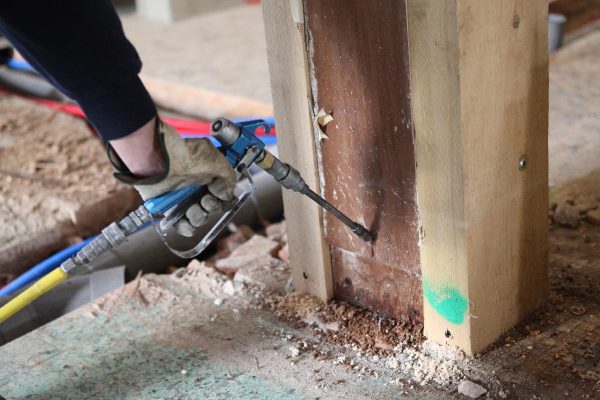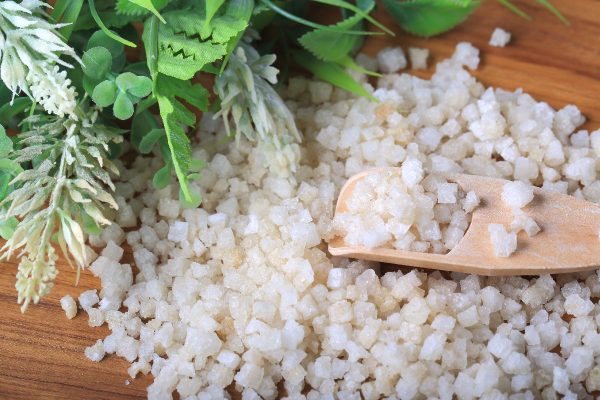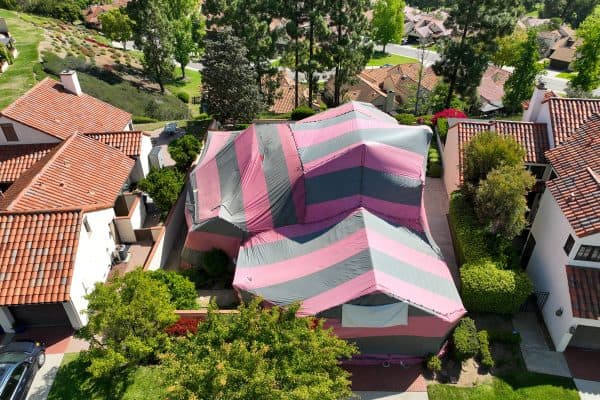If your home has a termite infestation, that is a severe problem. As early as possible, you should get rid of them. And it would be best to catch them in time when they are most active. If you don't have any idea about it, we thoroughly researched the internet to learn the answer and share it with you.
Termites are most active when the temperature outdoors is warm, usually above 70 degrees Fahrenheit in the daytime. On the other hand, they will be active at night if the temperature rarely falls below 60 degrees Fahrenheit.
It would be best to know more about termites if you want to get rid of them. Additionally, we will provide you with tips on getting rid of them to avoid further damage to your home. So, please keep reading to delve into the details!
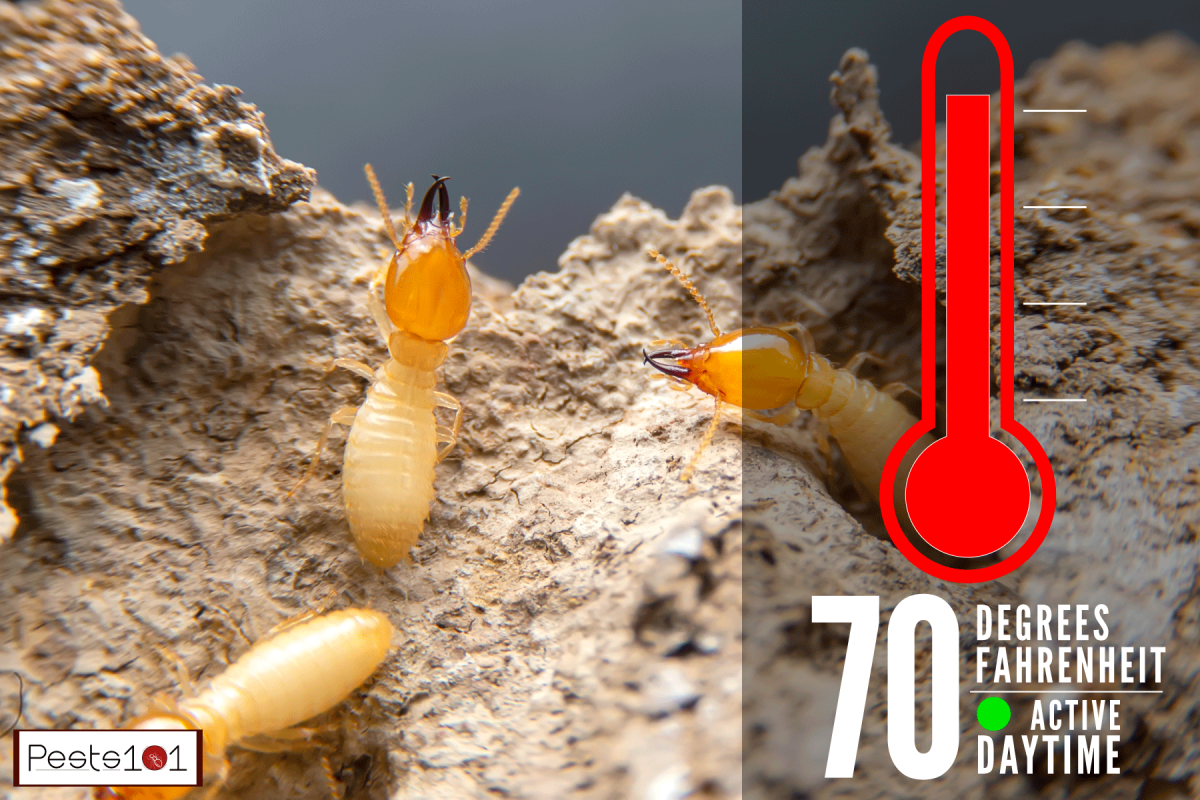
Termite Activity
Termites are cold-blooded, which explains why their activity fluctuations. They are incredibly vulnerable to chilly temperatures since they cannot create their own body heat.
Termites that develop their nests underground suffer significantly as a result of this. They will dig deeper into the ground to avoid the frigid weather.
Termite Lifestyle
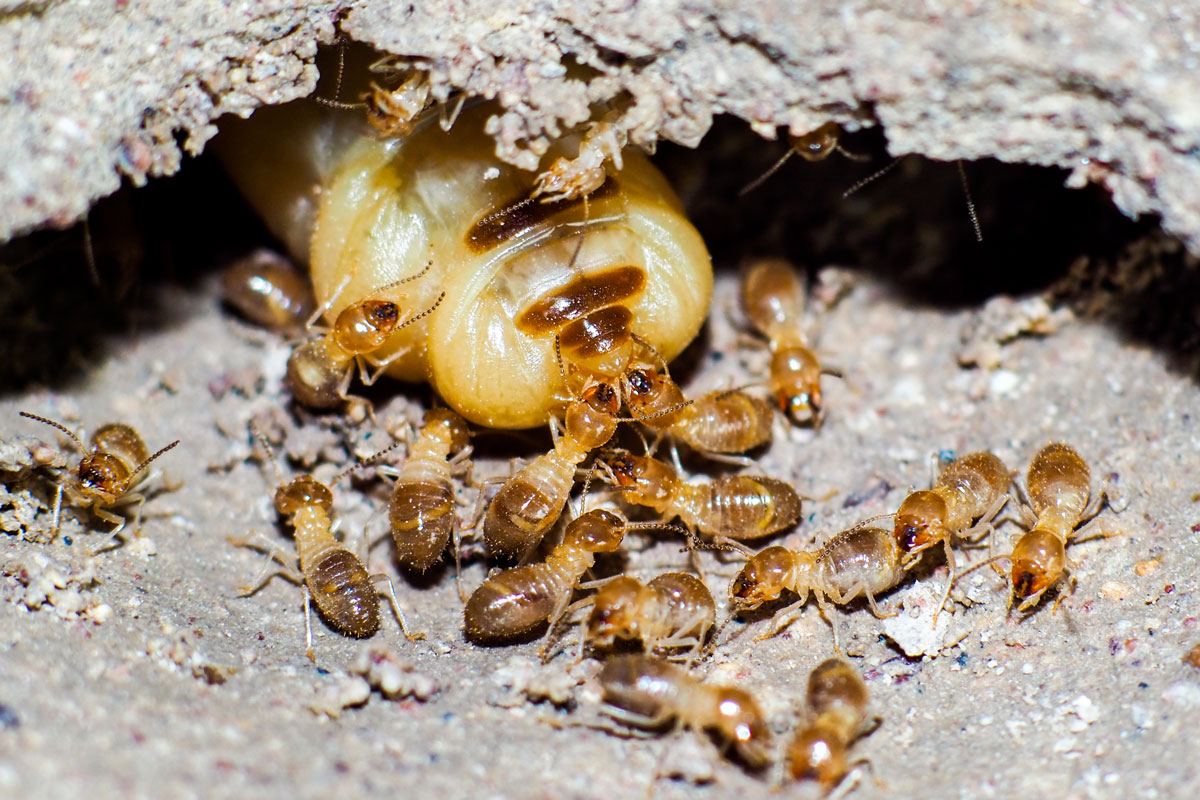
Termites are more than just a nuisance. They can damage your belongings, or worse, your home. And once they begin to infest your home, you will have a hard time getting rid of them.
The most severe thing about termite infestation is that they frequently leave behind no early indication of the damage they are creating, which means that by the time you find out that they exist, the damage is already considerable.
If you wish to eliminate termites, it will help to know every detail about them.
Termites come in a variety of shapes and sizes, but they all have a few characteristics:
Diet
Termites eat dead trees and plants as their primary source of food. Wood, dead plants, leaf litter, and animal feces are among the items they will consume. Termites will flourish in an environment with a lot of dead plant material.
Habitat
The habitat in which termites dwell varies depending on the species. You can find termites in stumps, fallen trees, wooden structures, and soil. The most frequent termite species in the United States are the subterranean variety.
Damage
These stubborn pests can also live in areas where people do, and their economic impact can be enormous. Termites can destroy a timber structure from the inside out, resulting in millions of dollars in annual losses.
What Are The Signs Of Termites?
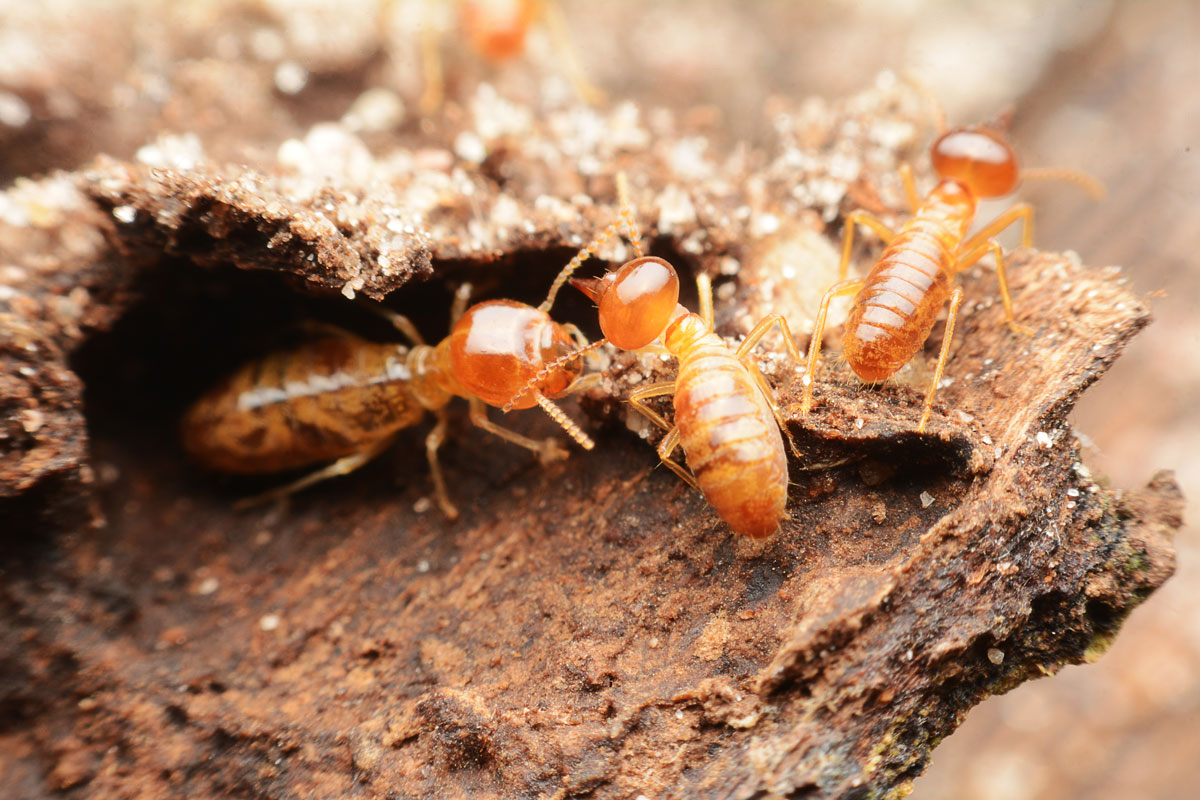
1. Winged Reproductives or Swarmers
You may see them outside on trees, logs, or shed - winged termites are the king and queen or reproductives that start a colony. And that primarily indicates that your home is not yet infested. Termites may have already or may soon infest your house if you find them in your yard.
Witnessing winged termites or swarmers on your home or within your home is a sure sign they are already colonizing and might have already caused destruction.
2. Shed Wings Of Swarmers
Because reproductives do not swarm for lengthy periods, you may notice their shed wings on window sills or decks without seeing the swarm.
3. Mud Tubes
These pencil-thin tubes are frequently buried behind stairwells or beneath porches.
Because termites can go from the dirt into the woods of your home, you may never witness a termite or a swarmer. They can eat straight through your house's wood if it comes into contact with the ground, or they can construct mud tubes on foundations.
4. Termite Damage
Damage is frequently modest and difficult to detect. Termites will gnaw through the wood until they reach wallpaper, which will cease. These pests will eat baseboards without making it all the way to the surface. Outside, wooden forms appear to be fine, but inside they are riddled with holes.
5. Sticking Windows And Doors
Structures may droop, and windows and doors will stop working correctly if termite damage is severe enough.
6. Warped Ceilings, Floors, And Walls
Sloped floors, drooping ceilings, and bulging walls are symptoms of a structure being consumed away from the inside out over time. Termite damage that has progressed this far is almost certainly irreversible.
When Do Termites Appear And For How Long?
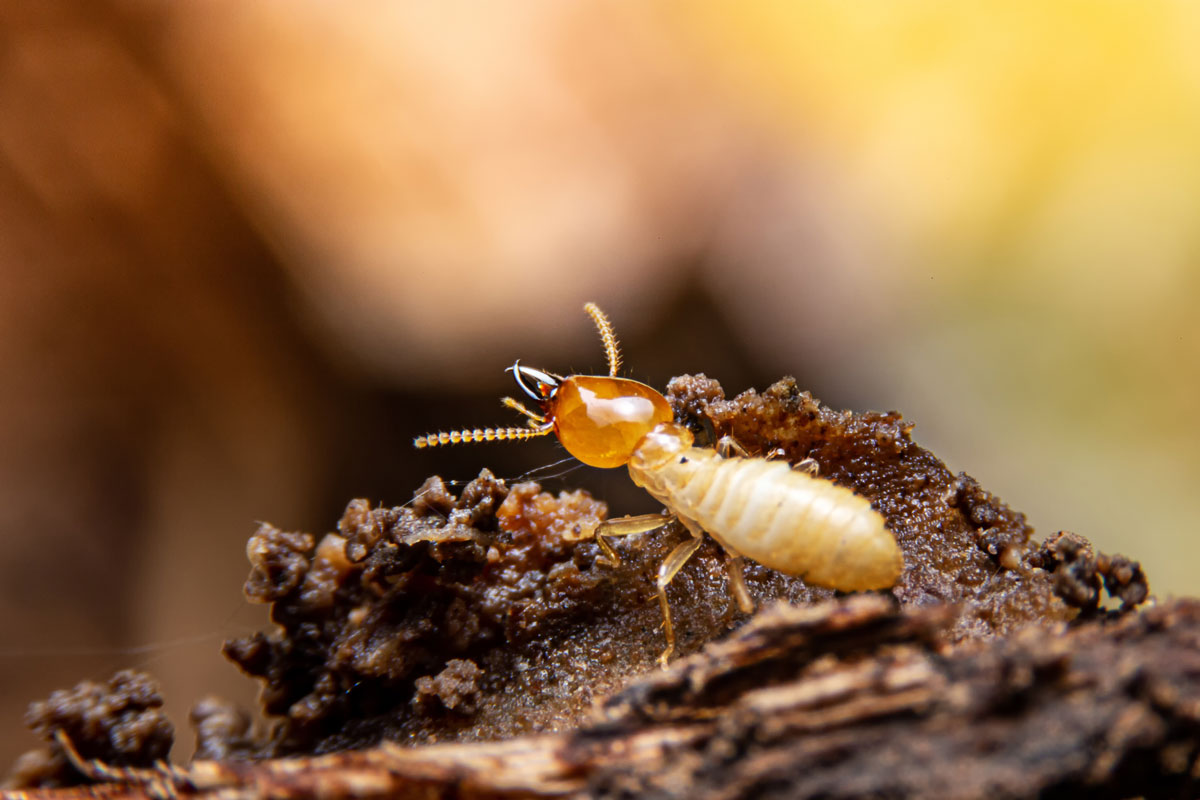
Many believe that the termite season is when swarms of termites occur. On the other hand, termites infesting a home can induce damage at any time, regardless of the existence of warning indications such as swarms or the weather.
Spring or Summer: Swarming Season For Most Subterranean Termites
Termites come in various species, and they don't get to swarm at the same time. Most subterranean termite species swarm during spring or summer, usually on a calm day with fair winds, just right after a rainfall. Additionally, these termites are by far the most destructive species in the U.S.
All species swarm in response to favorable weather circumstances, which means swarms may occur at different periods depending on the environment. Some species, for instance, favor more dampness than others. Swarm timing can be separated by a few weeks or the time of day.
How To Prevent Termites During Swarm?
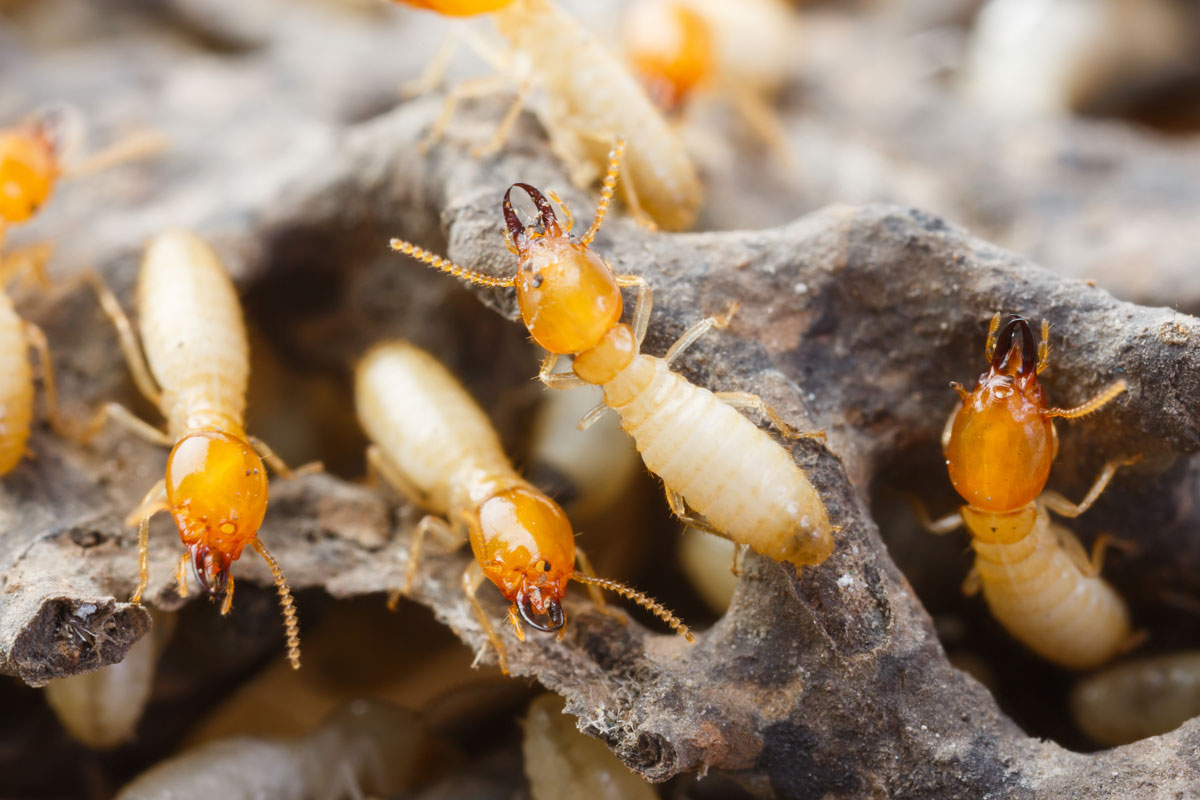
To avoid termite infestations all year round, you should never forget to:
Remove Water Sources
Termites, like other pests, need a water source to survive. It will help if you remove puddles of water and keep water structures and sources away from the edge of your property to make it less appealing.
Lessen Possible Food Sources
Although you cannot simply uproot your home and relocate it, this does not rule out the possibility of limiting termite swarm feeding sources. Remove any wood piles from your home's structure, always trim your vegetation, and chop down any dead tree branches or trunks.
Observe Warning Signs
It would be best to look for indicators of a termite infestation at all times of the year. Gnawed areas, frass or feces resembling sawdust, hollow-sounding wood, abandoned wings, and mud tubes prove that a termite colony exists in an area. Eliminate these pests immediately before it's too late.
Additional Ways To Prevent Termites
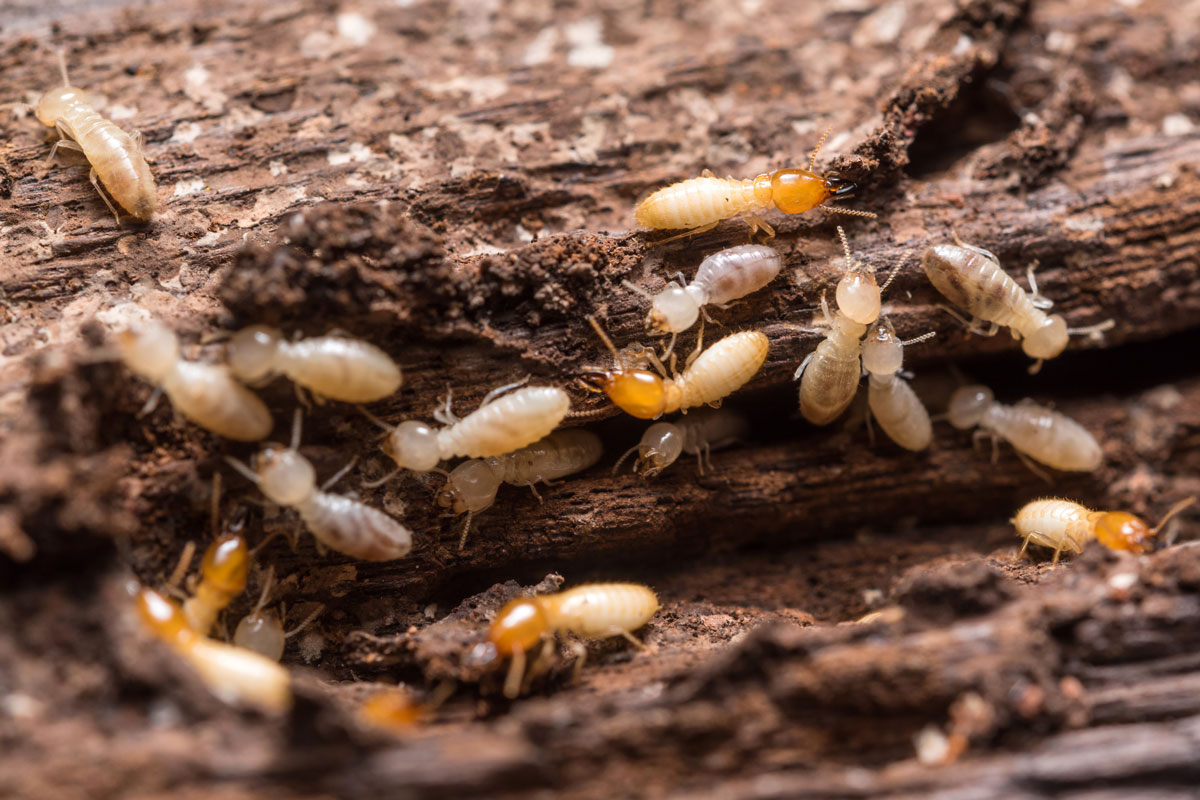
- If there is existing mulch in or around your home, it would be best to keep it at least two feet from the boundary of your home. Or you can dispose of it and use crushed rock instead.
- It would be best always to keep firewood above the ground and away from your house's external walls.
- Trim back bushes and other plants away from your home. It prevents insects from using them as entry points into your property and allows the light and air to dry up any damp spots.
- As much as possible, maintain your yard waste collected.
- Check that the gutters are in good operating order and are not damaged or jammed.
- It will significantly help if you repair those leaking roofs, including the deck roofs.
- Repair any leaking spouts and ensure no water accumulates around the basement walls.
How To Get Rid Of Subterranean and Drywood Termites
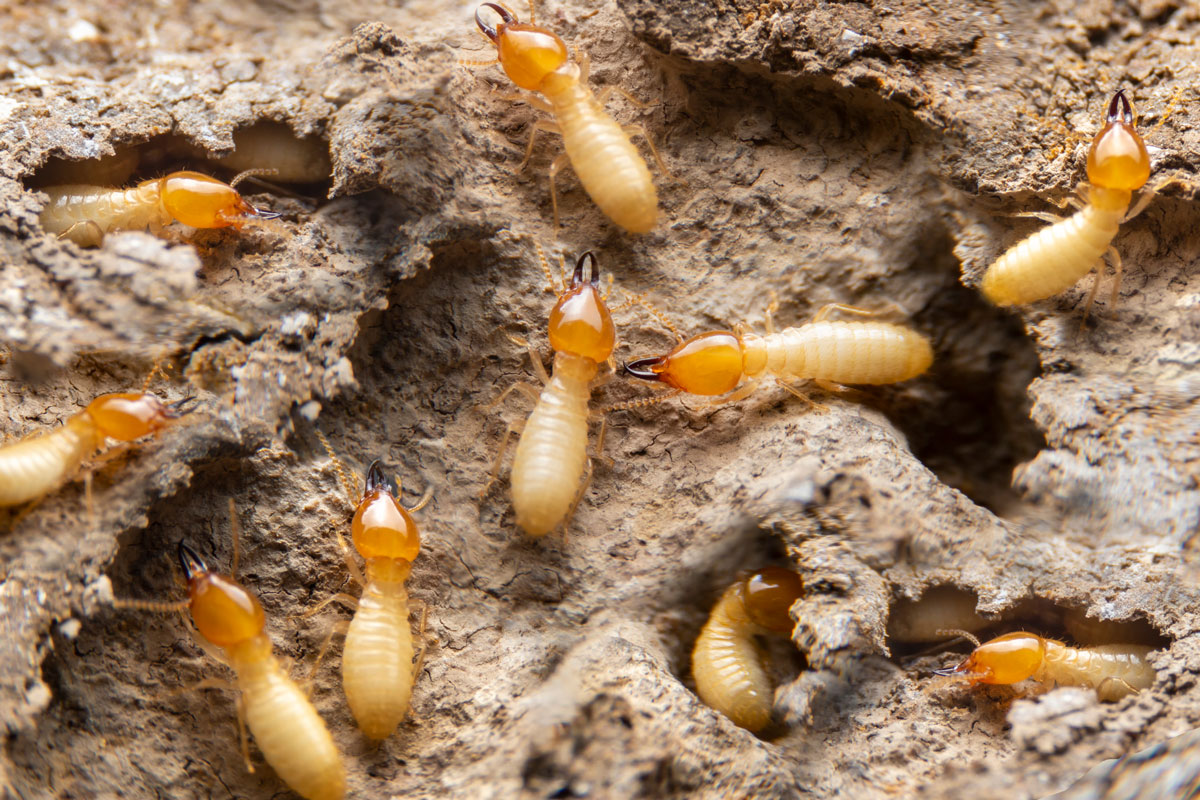
If you want to eliminate termites from your home, you should use either one of the items below:
Boric Acid
Termite control with Boric acid is an effective method. The highly efficient boric acid is the principal ingredient in many termite pesticides available in home and garden stores.
Boric acid dehydrates the stubborn termites and causes their nervous system to shut down. Apply the acid evenly to fissures and crevices in walls, ceilings, and floors.
Check out this Boric acid on Amazon.
Diatomaceous Earth
Diatomaceous earth can penetrate the exoskeleton of termites. And that will make them dehydrated.
Silica-based exoskeletons from fossilized aquatic creatures are what compose diatomaceous earth. Sprinkle the powder over locations where you think the termites are and watch them crawl over it.
Check out this Diatomaceous earth on Amazon.
Cardboard Trap
We suggest you wet two cardboard pieces and pile them on top of each other to construct a DIY bait once you've located the source of termite infestation.
The cellulose will tempt termites in the cardboard and become trapped between the two pieces. After they get into the cardboard, you can opt to take it outdoors and burn it.
It is not practical because there is no assurance that it will catch all of the termites, which multiply swiftly. Maintenance is also essential—if too many dead termite bodies are piled up, other termites will avoid crawling to the cardboard.
Wrap It All Up
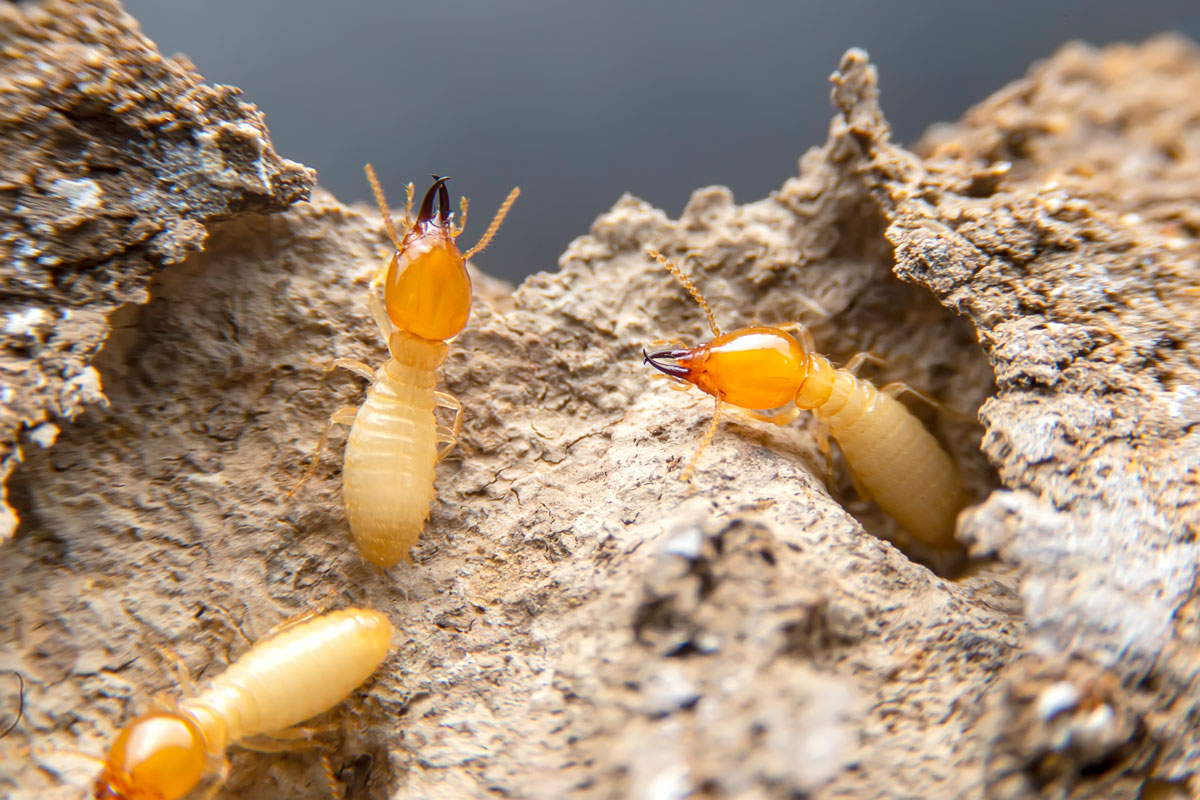
You should not wait for the termites to significantly damage any of your properties. It would be best to get rid of termites as early as possible.
We hope you find this post helpful. Please leave a comment below if you have further questions. And if you want to read more of our articles, you can check these out:
Where Do Black Ants Come From? [Small And Big Species]



